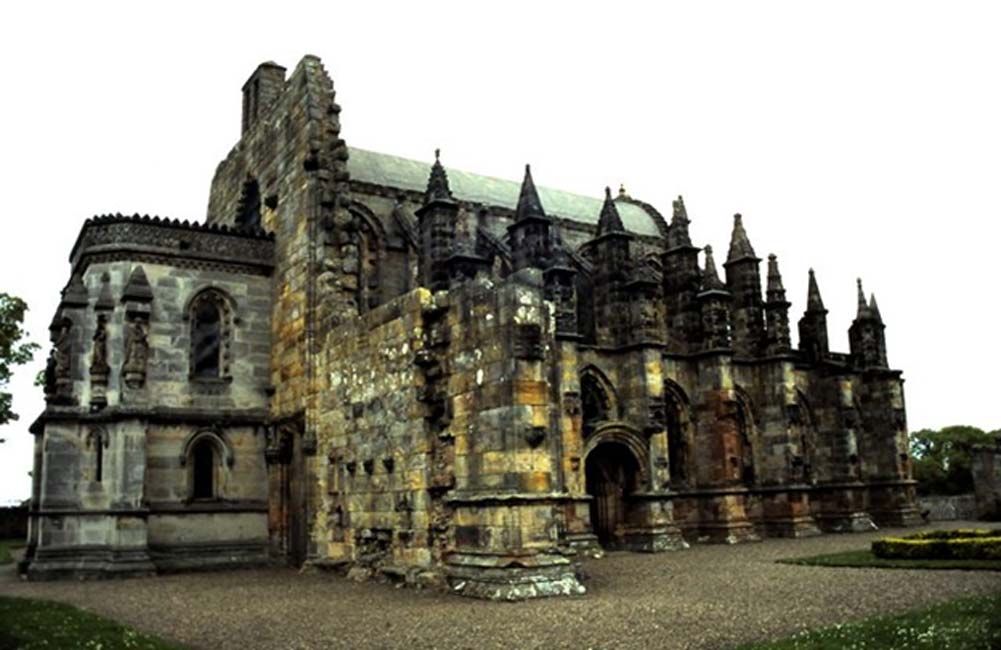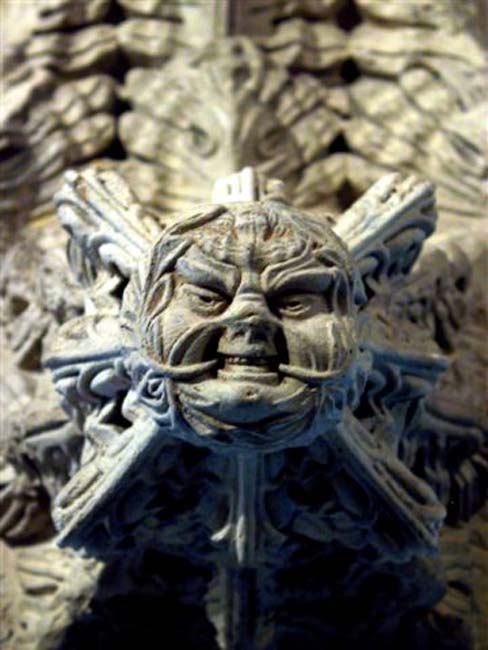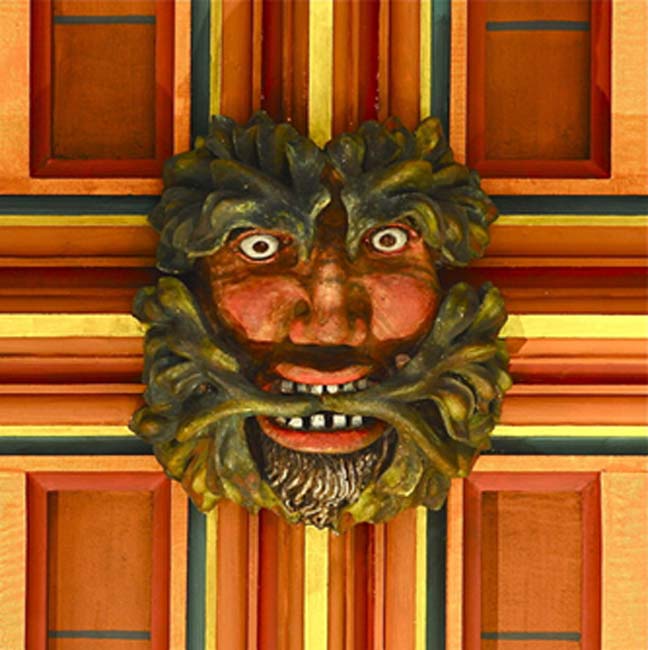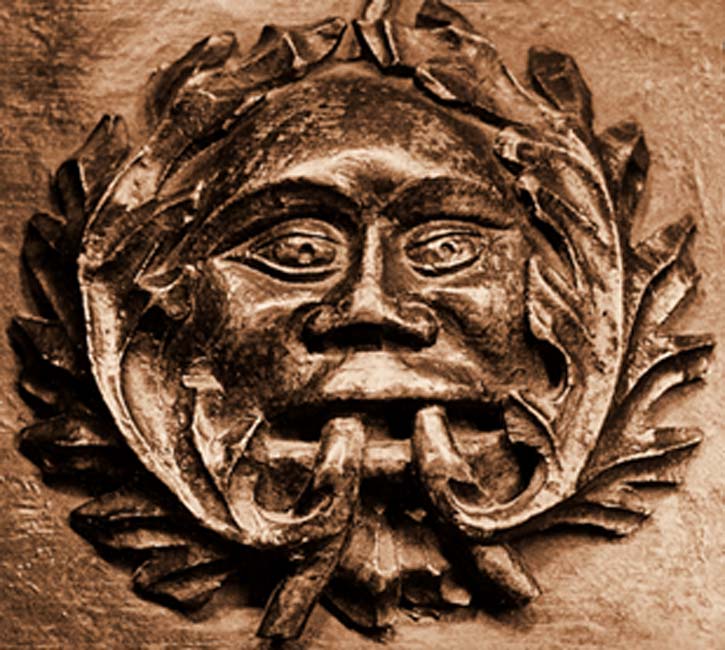
Unveiling the Secret Behind the Rosslyn Chapel’s and Dornoch Cathedral’s Green Men’s Missing Teeth
Scotland’s Rosslyn Chapel came under the world spotlight in 2003 after Dan Brown featured it in his bestseller, The Da Vinci Code. A hitherto unseen correspondence between this legendary chapel in southern Scotland and the magnificent Dornoch Cathedral further north in Sutherland, poses a highly-niche mystery. Historian Ashley Cowie finds a curious, sacred feature found depicted on holy buildings around the world - foliate heads – may hold the key to solving the mystery.

Green Man of the Rosslyn Chapel (CC BY-SA 3.0)
Foliate Heads
‘Foliate heads’ was a popular term in the English language up to the mid-20th century used to describe carved faces with flora sprouting from their mouths, which pepper the architectural features of many European medieval churches and cathedrals. Today, they are most often called ‘Green Men’ but this term was coined in March 1939 when amateur folklorist, Lady Raglan, published an article titled The Green Man in Church Architecture in the Folklore Journal, which concluded: “This figure (Green Men) I am convinced, is neither a figment of the imagination nor a symbol, but is taken from real life, and the question is whether there was any figure in real life from which it could have been taken. The answer, I think, is that there is but one of sufficient importance, the figure variously known as the Green Man, Jack-in-the-Green, Robin Hood, the King of May and the Garland King, who is the central figure in the May Day celebrations throughout Northern and Central Europe.”

Green Man painted on a wooden roof boss in Rochester Cathedral, Kent (medieval). (Public Domain).
Scholars have since proven that the folkloric figures; Jack-in-the-Green, Robin Hood and the Garland King, were later creations and Lady Raglan’s ideas were greatly disregarded by the academic community. Her name ‘Green Man’, however, remains the favored name for what were always known as foliate heads, and are now categorized by academics into three distinct groups:
- the Foliate Head: completely covered in green leaves
- the Bloodsucker Head: sprouts vegetation from all facial orifices (for example tear ducts, nostrils and mouth)
- the Disgorging Head: spews vegetation from its mouth

Detail of a ‘disgorging’ Green Man medieval misericor in Ludlow parish church. (Public Domain).
Green Men as Mythological Archetypes
Dr Carl Gustav Jung, the Swiss psychoanalyst who founded analytical psychology, popularized the terms ‘collective unconscious’ and ‘archetype’ relating to literature, mythologies and folktales having recognized universal patterns, shared by the human species regardless of race, culture or time. Scholars William Anderson and Roweena Pattee Kryder suggest that the Green Man is a product of our collective unconscious, a primeval archetype related to our relation with nature.





